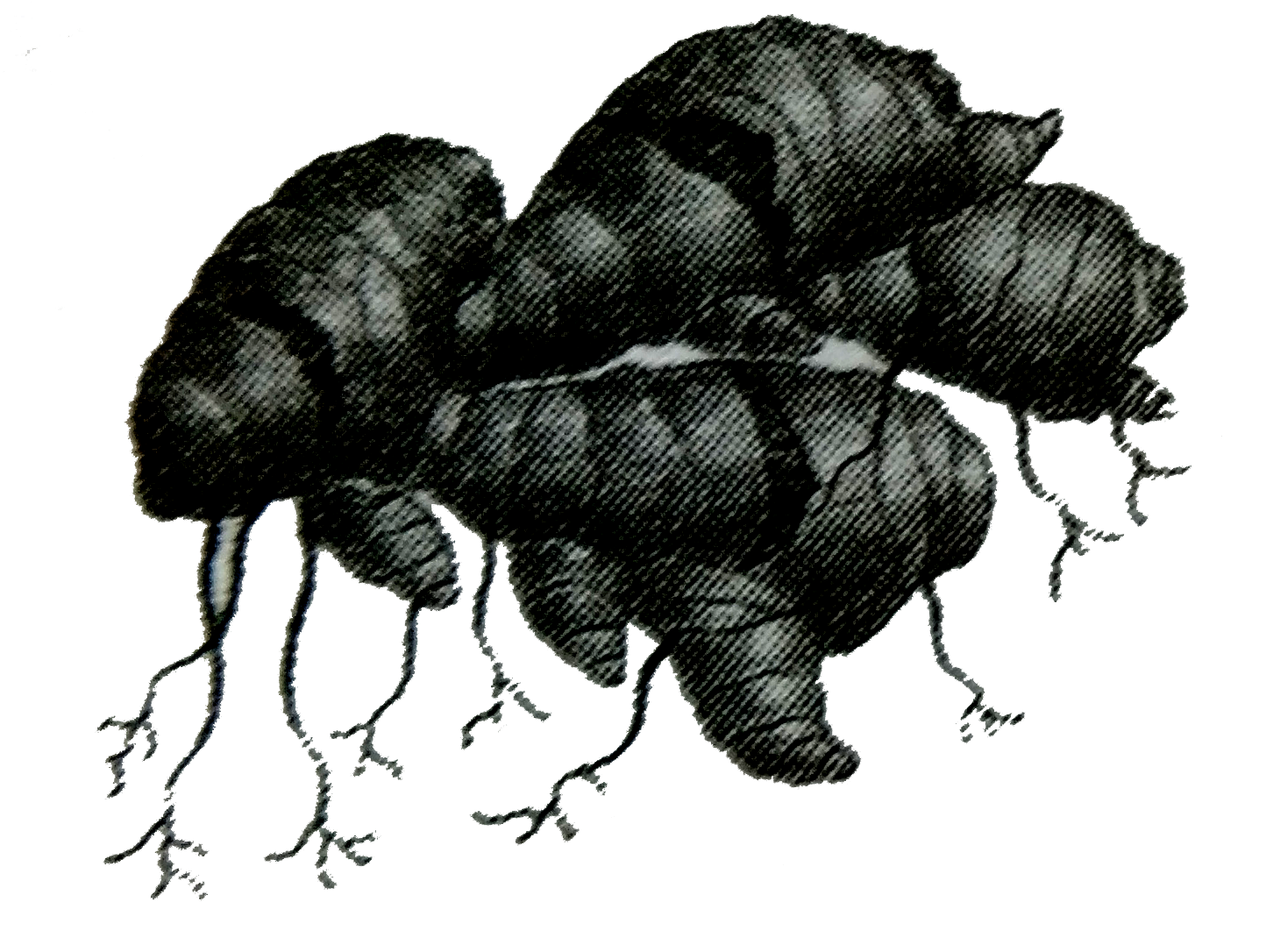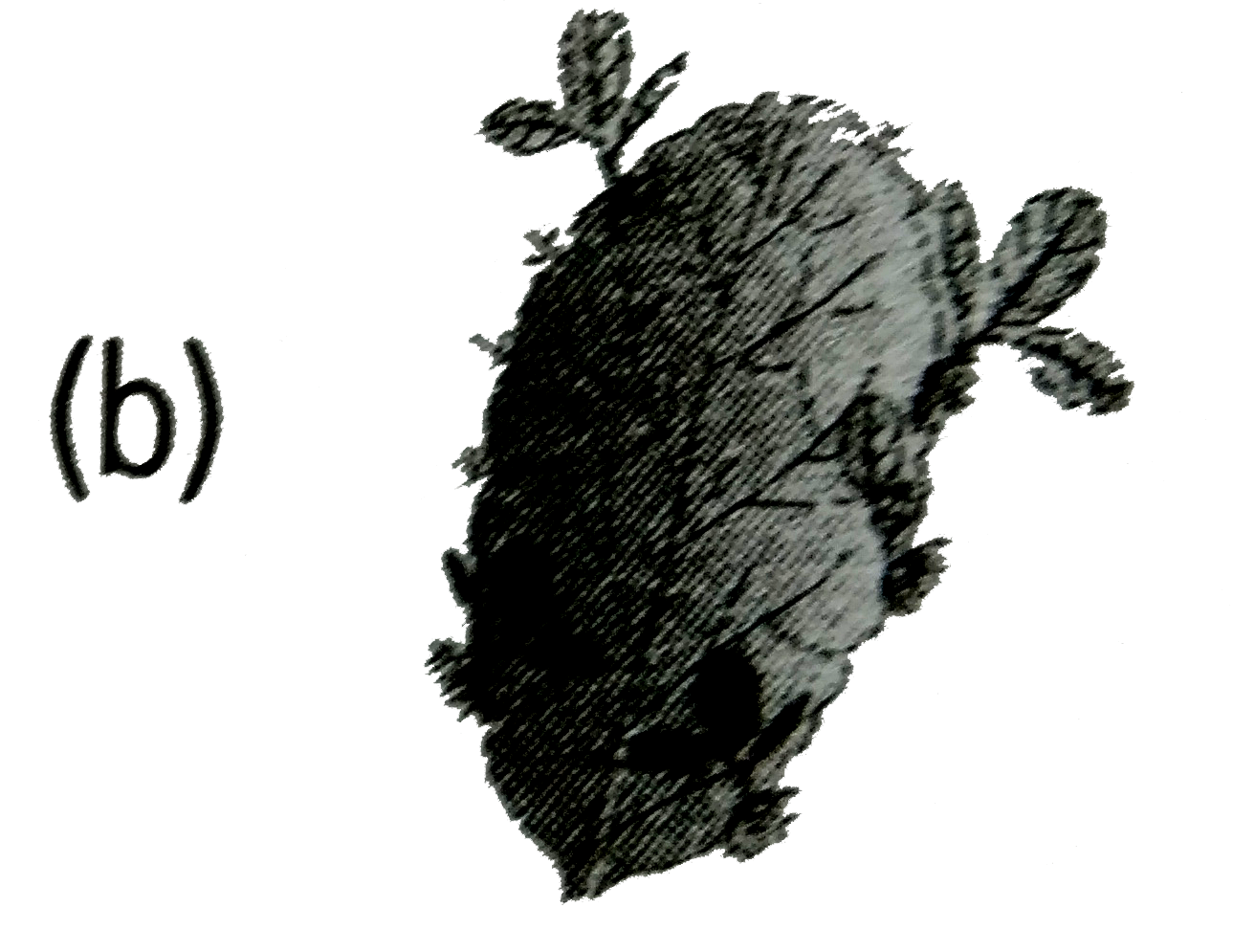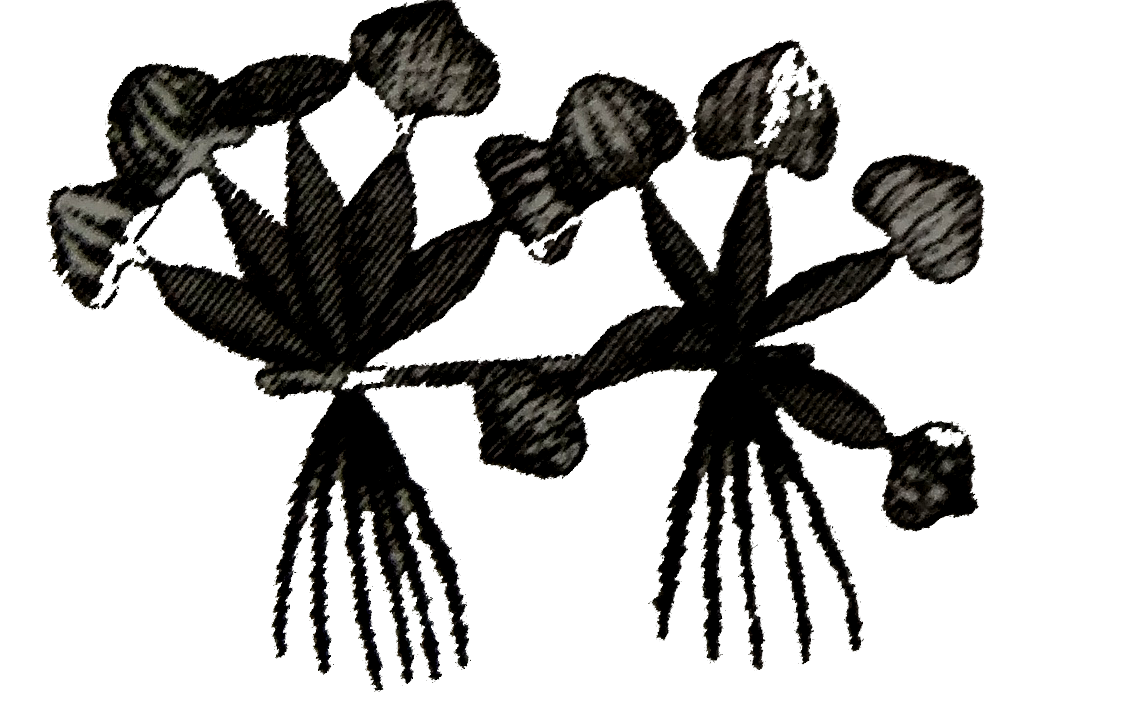Explain the following:
Vegetative propagation by cutting.
Step-by-Step Text Solution for Vegetative Propagation by Cutting
1. Definition of Vegetative Propagation:
Vegetative propagation is a method of asexual reproduction in plants where new individuals are produced from the vegetative parts of the parent plant. This process is often man-made and is used to propagate plants efficiently.
2. Methods of Vegetative Propagation:
There are several methods of vegetative propagation, including layering, cutting, and grafting. Each method has its own specific techniques and applications.
3. Focus on Cutting:
In this explanation, we will focus specifically on the method of cutting. Cutting involves removing a small part of the plant that contains buds, which can be a stem, root, or leaf.
4. Process of Cutting:
- Selection of Cutting: A healthy part of the plant is selected, ensuring it has at least one bud.
- Cutting the Plant: The selected part (cutting) is carefully cut from the parent plant.
- Preparation for Planting: The lower part of the cutting is then buried into moist soil. This is crucial as moisture aids in root development.
5. Root and Shoot Development:
After the cutting is planted in the soil, it takes a few days for the cutting to establish itself. During this time, roots begin to develop from the buried part, and shoots start to grow upwards.
6. Formation of New Plant:
Eventually, the cutting grows into a new plant that has the same characteristics as the parent plant. This means that the new plant will have similar traits in terms of growth, flowering, and fruiting.
7. Importance of Cutting:
Vegetative propagation by cutting is significant as it allows for the rapid multiplication of plants with desirable traits, contributing to increased crop production and the preservation of plant varieties.
Vegetative propagation is a method of asexual reproduction in plants where new individuals are produced from the vegetative parts of the parent plant. This process is often man-made and is used to propagate plants efficiently.
There are several methods of vegetative propagation, including layering, cutting, and grafting. Each method has its own specific techniques and applications.
In this explanation, we will focus specifically on the method of cutting. Cutting involves removing a small part of the plant that contains buds, which can be a stem, root, or leaf.
- Selection of Cutting: A healthy part of the plant is selected, ensuring it has at least one bud.
- Cutting the Plant: The selected part (cutting) is carefully cut from the parent plant.
- Preparation for Planting: The lower part of the cutting is then buried into moist soil. This is crucial as moisture aids in root development.
After the cutting is planted in the soil, it takes a few days for the cutting to establish itself. During this time, roots begin to develop from the buried part, and shoots start to grow upwards.
Eventually, the cutting grows into a new plant that has the same characteristics as the parent plant. This means that the new plant will have similar traits in terms of growth, flowering, and fruiting.
Vegetative propagation by cutting is significant as it allows for the rapid multiplication of plants with desirable traits, contributing to increased crop production and the preservation of plant varieties.
Topper's Solved these Questions
- REPRODUCTION IN ORGANISMSBOOK - ICSECHAPTER - REPRODUCTION IN ORGANISMSEXERCISE - PREVIOUS YEAR.S BOARD PAPER QUESTIONS (D) ( Long Answer Type Questions) (5 mark each)
1 Videos
- REPRODUCTION IN ORGANISMSBOOK - ICSECHAPTER - REPRODUCTION IN ORGANISMSEXERCISE - REVIEW QUESTIONS
16 Videos
- REPRODUCTION IN ORGANISMSBOOK - ICSECHAPTER - REPRODUCTION IN ORGANISMSEXERCISE - PREVIOUS YEAR.S BOARD PAPER QUESTIONS (B) ( Short Answer Type-I Questions) (2 mark each)
6 Videos
- QUESTION PAPER 2022 TERM 1BOOK - ICSECHAPTER - QUESTION PAPER 2022 TERM 1EXERCISE - MULTIPLE CHOICE QUESTIONS
45 Videos
- REPRODUCTIVE HEALTHBOOK - ICSECHAPTER - REPRODUCTIVE HEALTHEXERCISE - SOURCE BASED QUESTIONS
23 Videos
Similar Questions
Knowledge Check
In which of the following plants, vegetative propagation occurs by adventitious buds ?
A B
B C
C DNone of these
DNone of these
Leaf helps in vegetative propagation in
View SolutionVegetative propagation plays a vital role in
View SolutionExplain the following:
The propagation of paddy by transplantation.
View SolutionVegetative propagation in banana occurs by
View SolutionVegetative propagation through budding occurs in
View SolutionVegetative propagation in mint occurs by
View SolutionVegetatively propagated plants
View Solution
